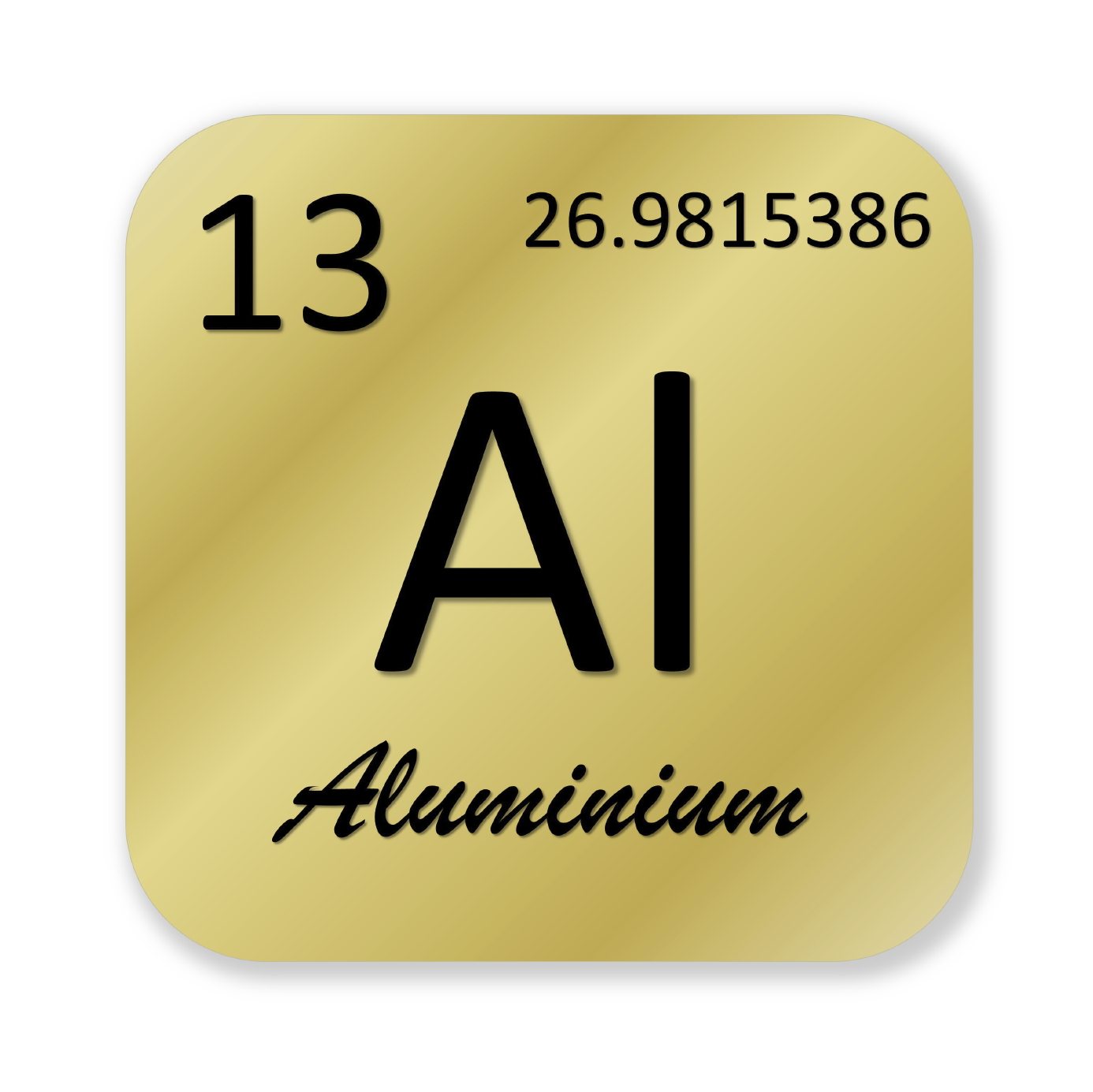Information About Aluminum In Garden Soil


Aluminum is the most abundant metal in the earth's crust, but it isn't an essential element for either plants or humans. Read on to find out about aluminum and soil pH, and the symptoms of toxic aluminum levels.
Adding Aluminum to Soil
Using aluminum in garden soil is a quick way to lower the soil pH for acid-loving plants such as blueberries, azaleas, and strawberries. You should only use it when a pH test shows that the soil pH is too high by one point or more. High aluminum soil levels are toxic to plants. It takes between 1 and 1.5 pounds (29.5 to 44.5 mL.) of aluminum sulfate per 10 square feet (1 sq. m.) to lower the soil pH by one point, for example, from 6.5 to 5.5. Use the lesser amount for sandy soil and the higher amount for heavy or clay soil. When adding aluminum to the soil, spread it evenly over the soil surface and then dig or till the soil to a depth of 6 to 8 inches (15 to 20.5 cm.).
Aluminum Soil Toxicity
The only sure way to rule out aluminum soil toxicity is to get a soil test. Here are the symptoms of aluminum toxicity:
- Short roots. Plants growing in soil with toxic levels of aluminum have roots that are as little as half the length of roots in non-toxic soil. Shorter roots mean reduced ability to withstand drought, as well as reduced nutrient uptake.
- Low pH. When the soil pH is between 5.0 and 5.5, the soil may be slightly toxic. Below 5.0, there is a very good chance that the soil contains toxic levels of aluminum. Soil with a pH above 6.0 does not contain toxic levels of aluminum.
- Nutrient deficiencies. Plants growing in soil with toxic levels of aluminum show symptoms of nutrient deficiencies such as stunted growth, pale color, and general failure to thrive. These symptoms are due in part to the reduced root mass. Nutrient deficiency is also caused by the tendency of essential nutrients, such as phosphorus and sulfur, to combine with aluminum so that they aren't available for plant uptake.
Soil aluminum test results give suggestions for correcting soil toxicity. In general, the best way to correct the toxicity in the topsoil is with agricultural lime. Gypsum increases the leaching of aluminum from the subsoil, but use it with caution. Aluminum can contaminate nearby watersheds.
Gardening tips, videos, info and more delivered right to your inbox!
Sign up for the Gardening Know How newsletter today and receive a free copy of our e-book "How to Grow Delicious Tomatoes".

Jackie Carroll has written over 500 articles for Gardening Know How on a wide range of topics.